Martin Parr
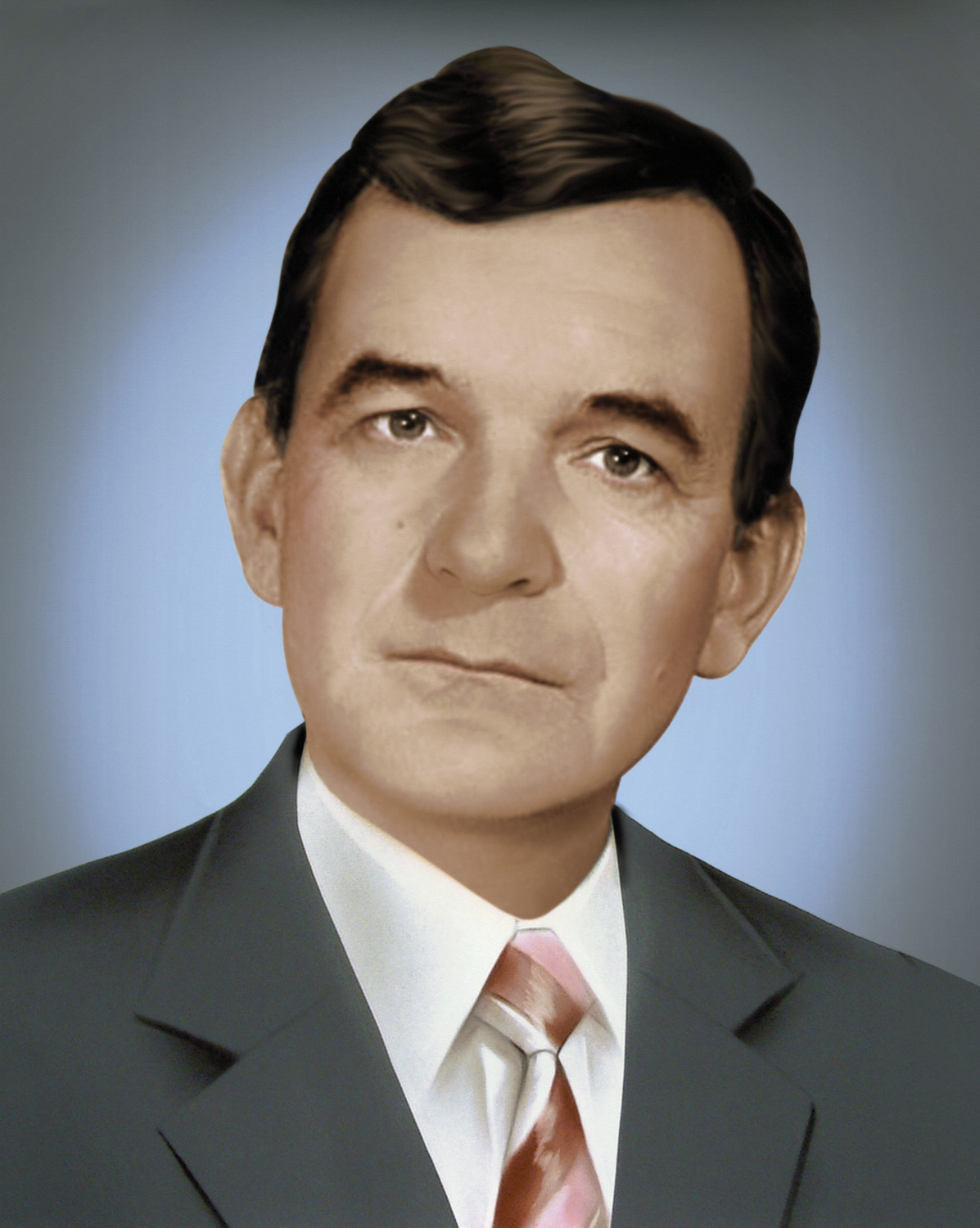 © Honey Rose Studio, Mexico City, Mexico, 2018
From the series ‘Autoportrait’
© Martin Parr Collection / Magnum Photos
© Honey Rose Studio, Mexico City, Mexico, 2018
From the series ‘Autoportrait’
© Martin Parr Collection / Magnum Photos
The British photographer and Magnum Photos member Martin Parr has been described as a “chronicler of our age” and a world authority on the photobook.
Parr co-authored The Photobook: A History in collaboration with well-known photobook collector Gerry Badger, and contributed to Badger’s collection of 13,000 photobooks. The collection was acquired by Tate with the generous support of Maja Hoffmann’s LUMA Foundation in 2017. Built up over 25 years, the collection includes self-published amateur work, mass-produced books and iconic publications by renowned photographers as Araki and Hans Bellmer. The entire collection will be catalogued and made available to the public through the reading room at Tate Britain.
-
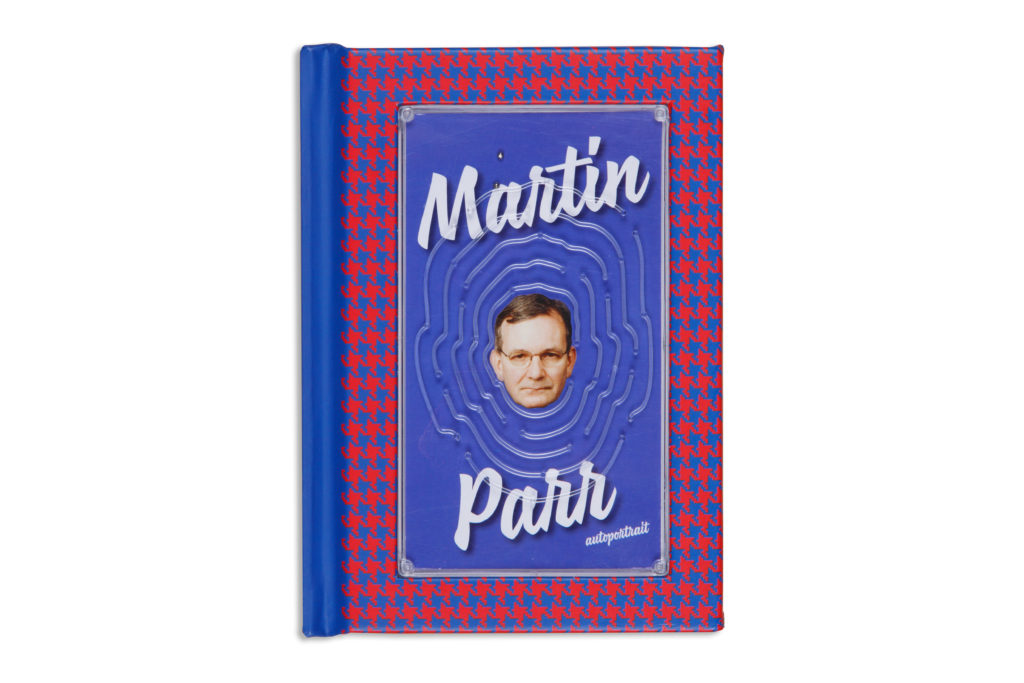 Autoportrait. Published by Xavier Barral. 2015. © Martin Parr / Magnum Photos
Autoportrait. Published by Xavier Barral. 2015. © Martin Parr / Magnum Photos -
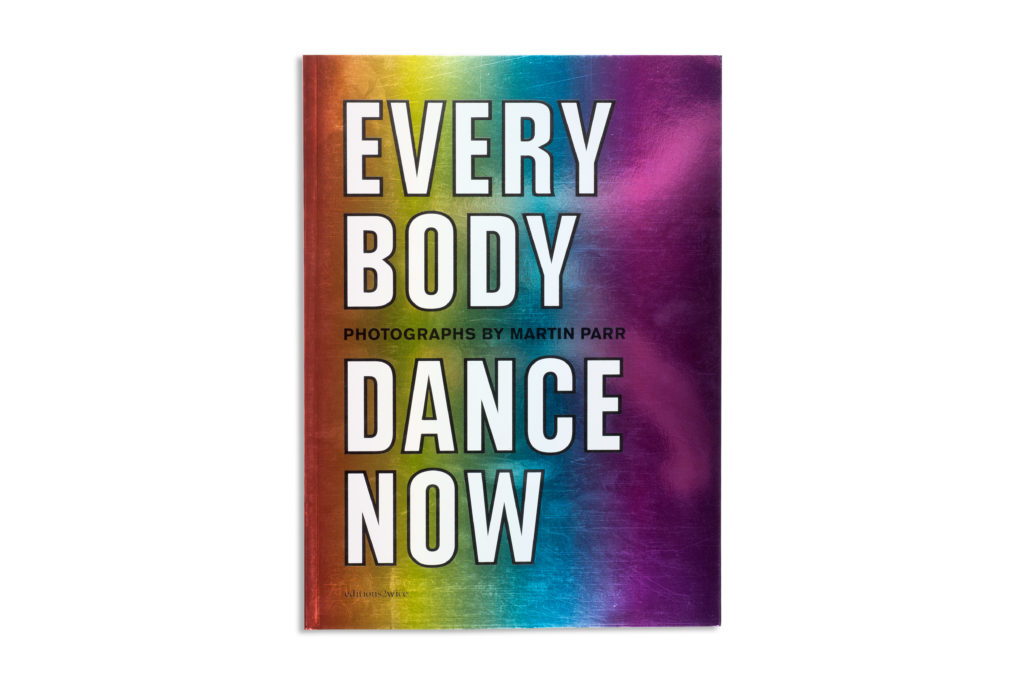 Everybody Dance Now. Published by Editions2wice. 2009. © Martin Parr / Magnum Photos
Everybody Dance Now. Published by Editions2wice. 2009. © Martin Parr / Magnum Photos -
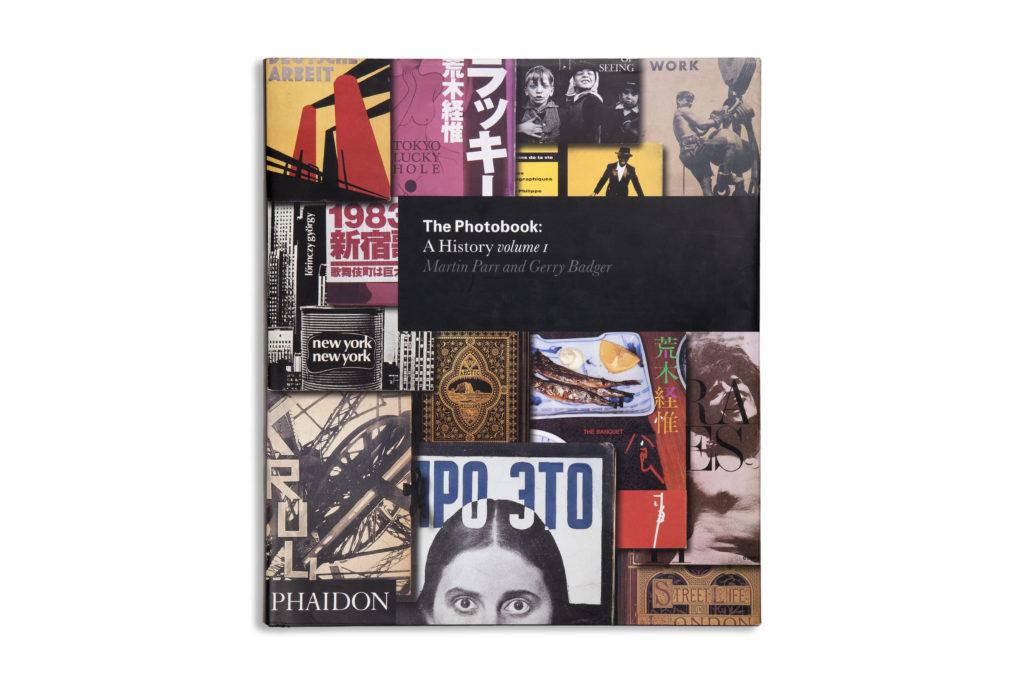 The Photobook: A History Vol 1. Edited by Martin Parr and Gerry Badger. Published by Phaidon. © Martin Parr / Magnum Photos 2004.
The Photobook: A History Vol 1. Edited by Martin Parr and Gerry Badger. Published by Phaidon. © Martin Parr / Magnum Photos 2004. -
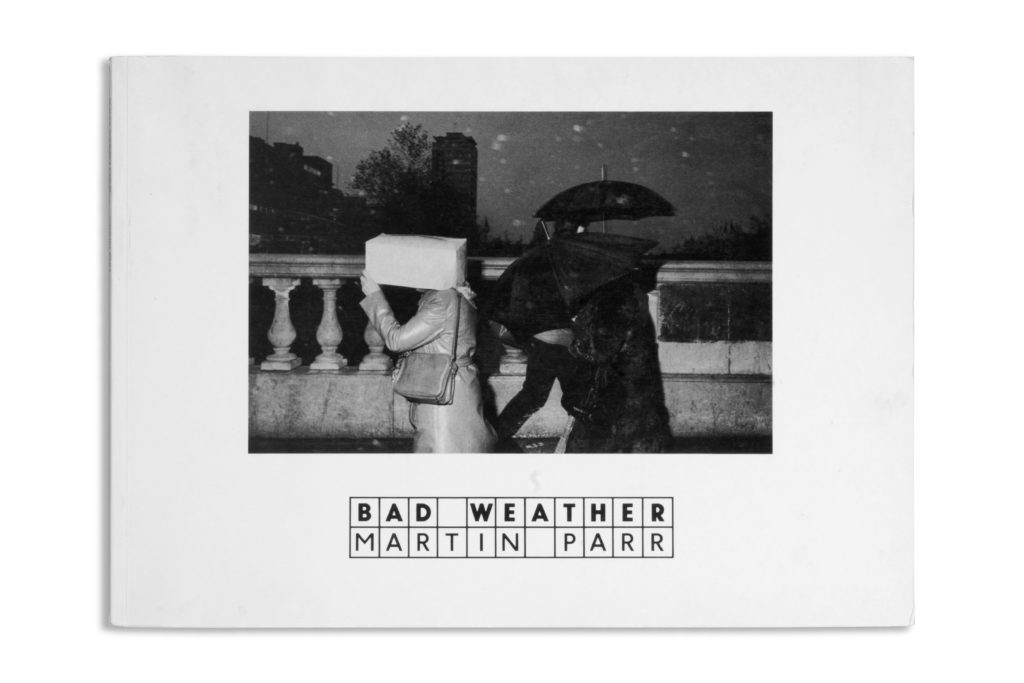 Bad Weather. Publsihed by Zwemmers. 1982. © Martin Parr / Magnum Photos
Bad Weather. Publsihed by Zwemmers. 1982. © Martin Parr / Magnum Photos -
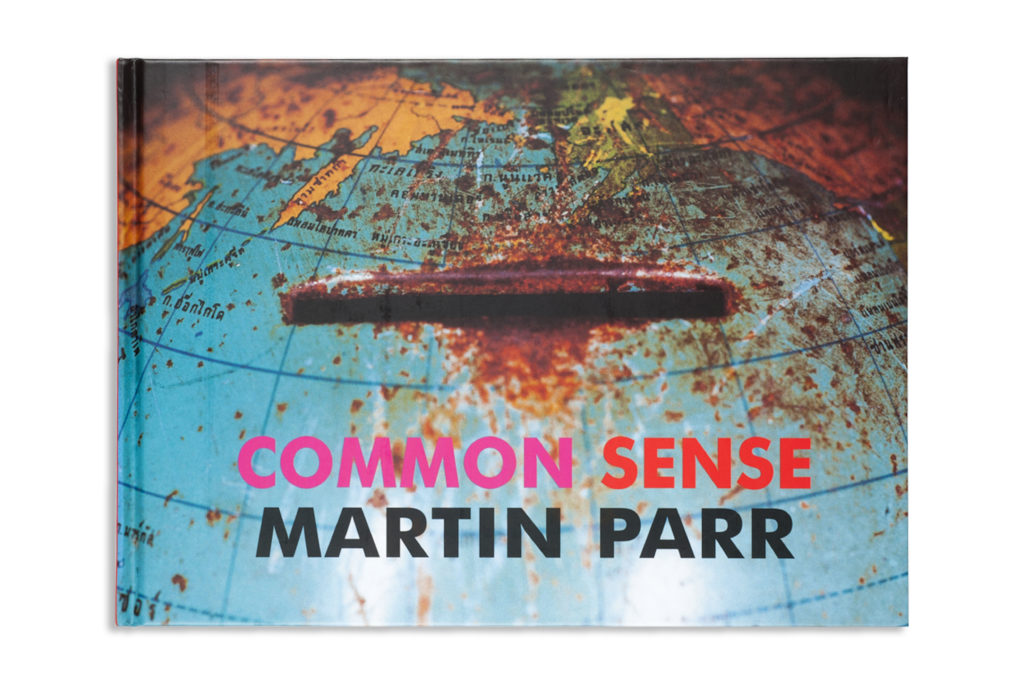 Common Sense. Published by Dewi Lewis. 1999. © Martin Parr / Magnum Photos
Common Sense. Published by Dewi Lewis. 1999. © Martin Parr / Magnum Photos -
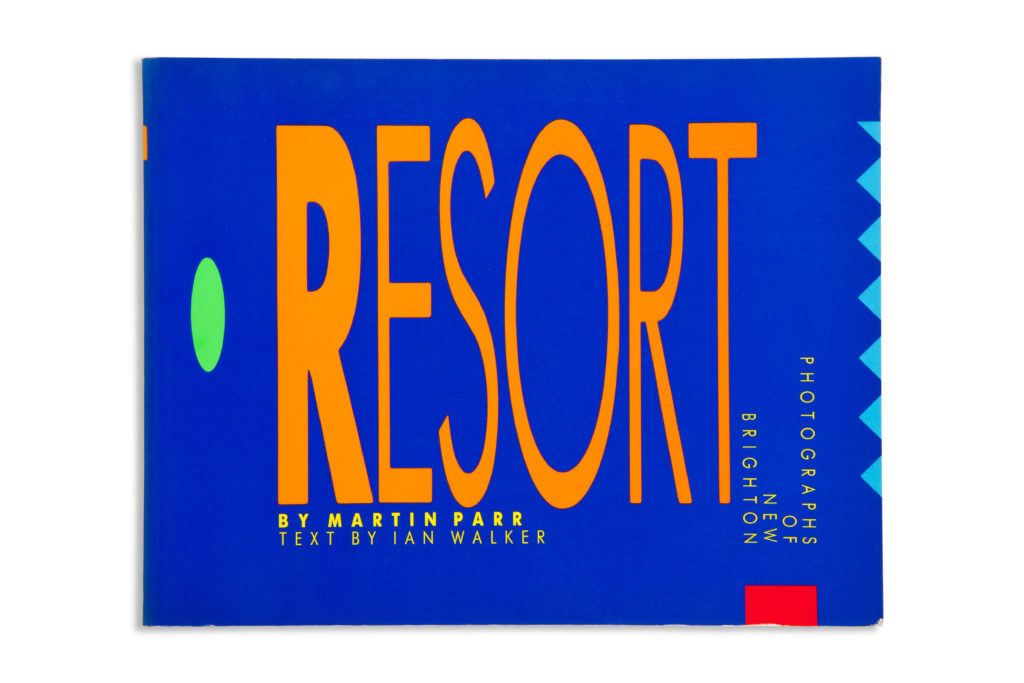 The Last Resort. Published by Promenade Press. 1986. © Martin Parr / Magnum Photos
The Last Resort. Published by Promenade Press. 1986. © Martin Parr / Magnum Photos -
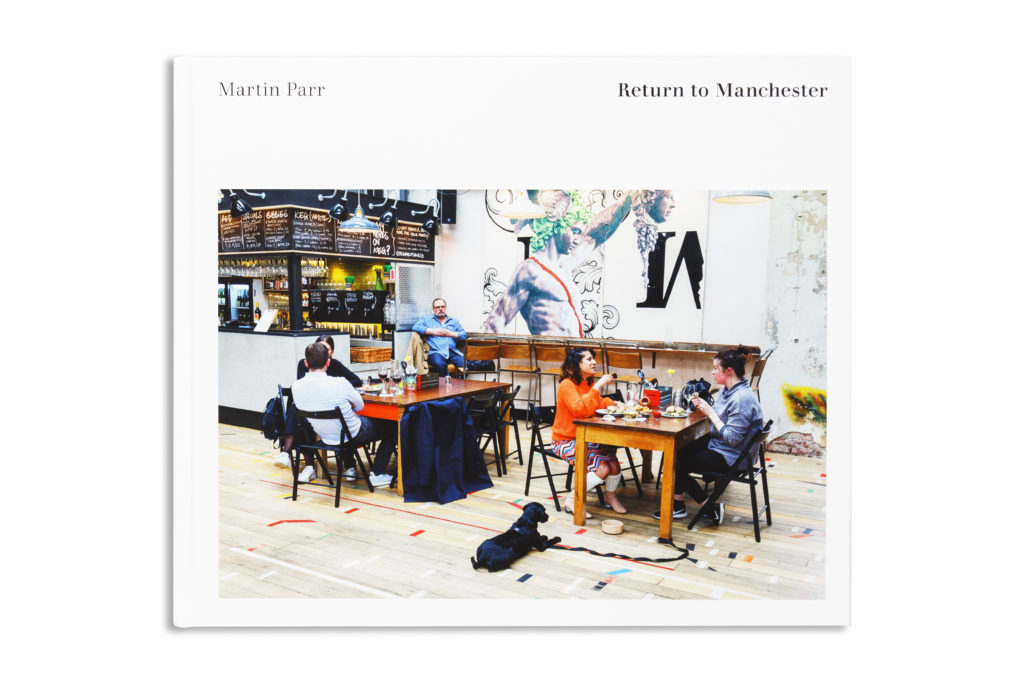 Return to Manchester. Published by Manchester Art Gallery. 2018. © Martin Parr / Magnum Photos
Return to Manchester. Published by Manchester Art Gallery. 2018. © Martin Parr / Magnum Photos -
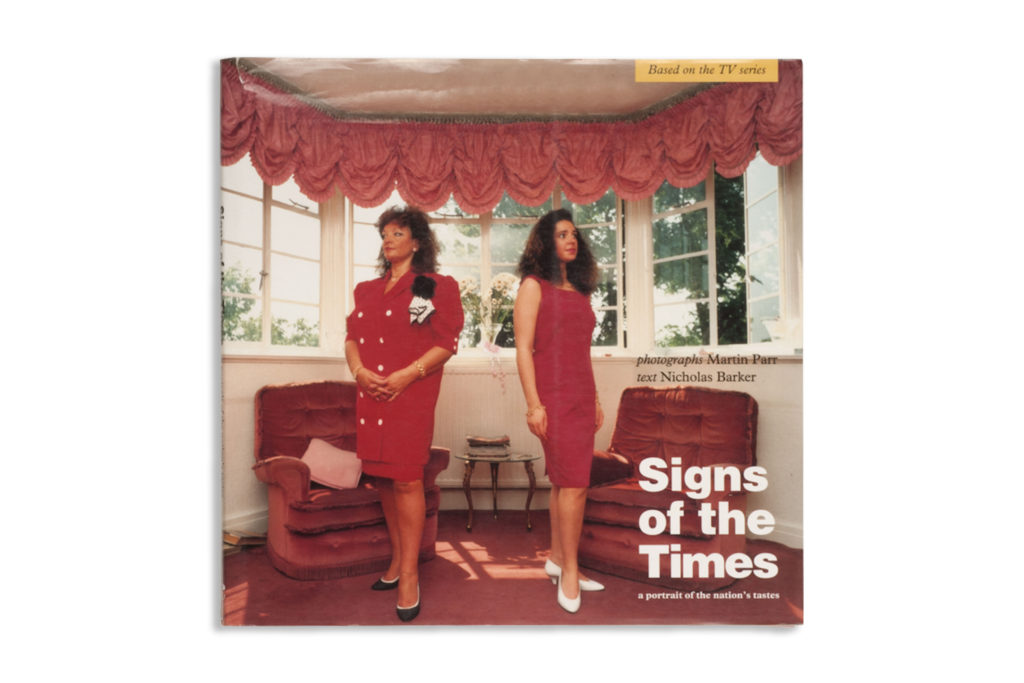 Signs of the Times. Published by Cornerhouse Press. 1989. © Martin Parr / Magnum Photos
Signs of the Times. Published by Cornerhouse Press. 1989. © Martin Parr / Magnum Photos -
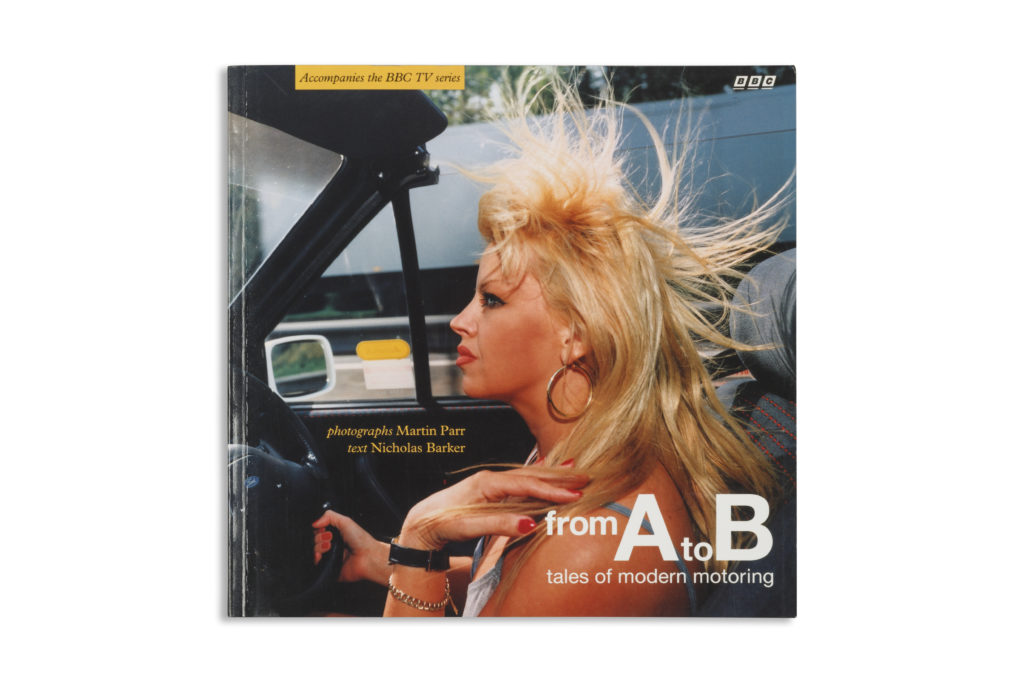 From A to B. Published by BBC Books. 1994. © Martin Parr / Magnum Photos
From A to B. Published by BBC Books. 1994. © Martin Parr / Magnum Photos
IT STARTED WITH “BAD WEATHER”
I would not call it a turning point, really it was just exciting. It was much more exciting then, as I have so many books published now. The question is to know what the best platform is, because you can have an exhibition, the internet, but there is still nothing better than a book. I can’t’ remember if we did a dummy, really. We must have had some kind of sequence, some shape of form, but I can’t remember making one. It was a long time ago, nearly 40 years ago. It was then, and still is now, the best way to have the work out to an audience. You know it was published by Zwemmer, but it was originally published by someone else. Then they went bankrupt, then someone else took over, and they got drown to it, so it made it easier for the Art Council. Then it came out and then, after two years it was remaindered so I bought all the copies. It was very cheap. .
DID YOUR PASSION FOR PHOTOBOOKS COME FROM MAKING PHOTOBOOKS?
Obviously I started doing books before starting collecting them, and then that became a real passion, and then I started a collection of around 12-13 thousands books, which are now gone.
WHY DID YOU SELL YOUR COLLECTION TO THE TATE?
It had become a liability, and it was not insured. People were borrowing constantly, and it became an interruption. I wanted to keep it in the UK, and I also wanted to help the Tate to further their reputation in photography.
WHAT’S THE STORY BEHIND YOUR ICONIC BOOK, THE PHOTOBOOK, A HISTORY?
That was an idea that Gerry [Badger] and I had been thinking about for a number of years, and we found the right editor, PHAIDON, and we just thought it was the right moment and we made one volume. Then we realized it was a totally amazing book we had to make two volumes, and then, terribly obvious, we made Volume 3.
WHAT DID YOU LEARN MAKING THESE BOOKS?
It made me concentrate [on the medium], looking for and researching books from China, Latin America, Japan–all the territories we don’t often include in the history of photography. The history of photography developed beyond the usual places, which are Europe and America, like in Latin America. It’s all over the world; my job is to try to embrace those territories somehow marginalised.
HOW DO YOU KNOW WHEN A BODY OF WORK IS READY FOR A BOOK?
You just have a hunch that it’s the right moment. Sometimes books come out of commission, commercial exercises, and then long standing projects that you build up over many years, Above all it’s your enthusiasm that tells you it’s right to publish.
DO YOU EDIT ALONE OR WITH SOMEONE?
I often involve a publisher. And of course I get involved in the sequencing. Sometimes the publisher presents me with a sequence that I really like. Sometimes I do it. Sometimes we do it together.
WHAT ARE THE PROS AND CONS TO SELF-PUBLISHING?
In self-publishing, you take control entirely, you pay for yourself. It’s probably cheaper than going with a publisher: they ask you for money, as they often do. Each has its advantages and disadvantages. You have automatic distribution with an established publisher. But you have to remember that most books come and go and no one notices it. There are thousands of books published every year, and most of them sink without a trace.
WHY ARE PHOTOBOOKS IMPORTANT?
As I mentioned before all photographers agree that it is the best way to get their work out. When you buy their book, it’s like buying a share in a company: you believe in that book, you believe in that photographer, and it’s like showing your commitment by buying it.
THE COMPARISON IS VERY CAPITALISTIC
The world of photobooks is capitalistic, as well as being very aesthetic.
WHAT MAKES FOR A SUCCESSFUL BOOK?
Many great books are not sold out, they’re rather reprinted or whatever. The successful book comes with the work, and the thrust of the book comes together with the right design and the right concept and it just works. You know it when you see it.
WHAT MAKES A BOOK COLLECTIBLE?
One that you like. As simple as that. One that you can have an intimacy with. It’s very personal and subjective.
DO YOU STILL BELIEVE THE PHOTOBOOK IS ”AN UNDERESTIMATED ASSET IN THE CULTURAL HISTORY OF PHOTOGRAPHY”?
Now the estimation has grown hugely the last 20 years. There is still a lot of attention for books and not to many of us, but a lot of people, are constantly in an old debate. Books are becoming a lot more collectable. Times have changed, but one of the things we wanted to achieve has actually happened.
WHY COLLECT PHOTOBOOKS OVER PRINTS?
It’s cheaper than buying prints, more pictures for your money.
WHAT IS NEXT ?
More books! Some good, some bad.
SO YOU’RE STILL COMMITTED TO PAPER?
Yes! People love the physicality of the book.They can smell it, they can handle it, you can give it to someone. You can’t do that with something on the internet.
ANY ADVICE TO THE PHOTOGRAPHER WHO WANTS TO PUBLISH HIS FIRST BOOK ?
Make sure the work is good.
interview by Carine Dolek